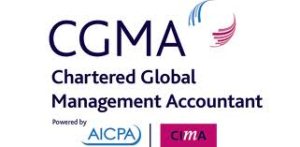Competitiveness Being Affected by Talent Management Failures

This uncertainty leads to an organization’s inability to effectively make decisions in areas such as skills, training, and qualifications. More than 75 percent of CEOs promoted cutting investment in these areas, while just 18 percent of HR directors agreed.
Charles Tilley, CEO of Chartered Institute of Management Accountants, said, “This worrying boardroom divide threatens to destabilize sustainable growth by allowing the best talent to slip away.” Tilley continued, “It’s vital that organizations embed a robust human capital strategy within the wider business plan and develop appropriate metrics and key performance indicators that are subject to the same level of scrutiny as financial data.”
Staying competitive and growing within the current business environment requires business leaders to connect human capital with their growth agenda. To do this, CGMA recommends: leaders embed their human capital strategy with their overall business strategy; ensure that there is clarity on who is responsible and accountable for human capital management; gain objective insight by merging financial and non-financial information; and structure their organization to align human capital to business strategy. Collaboration at the executive and operational levels are necessary, especially within finance and HR.

